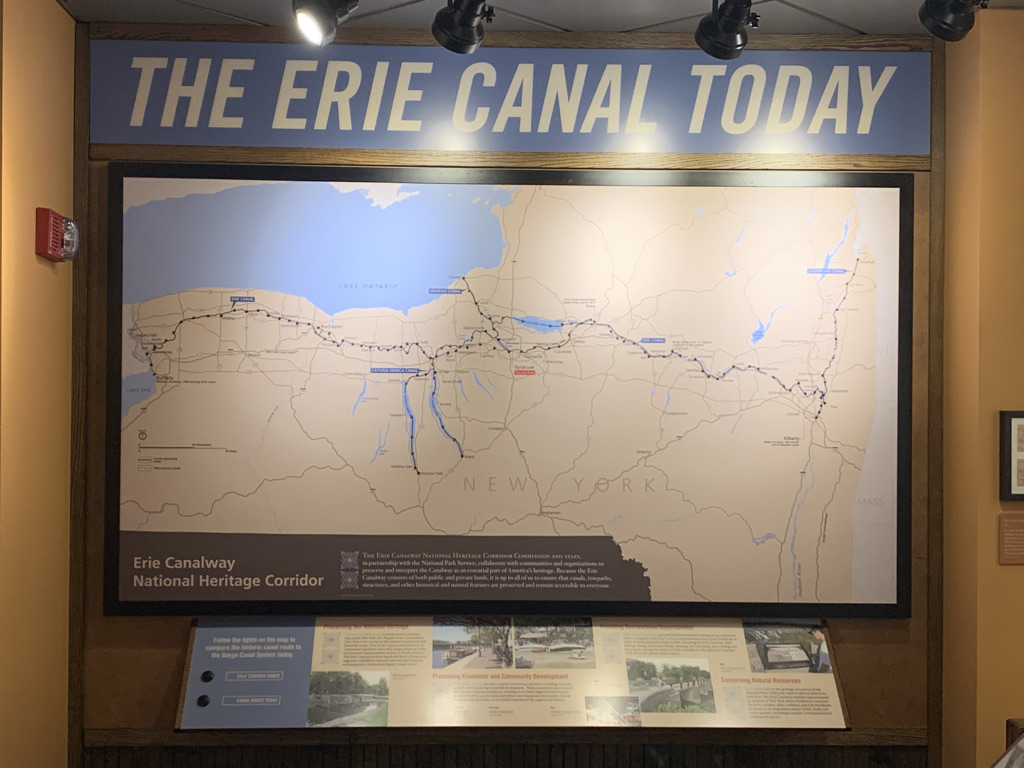
SYRACUSE, N.Y — The Erie Canal Museum has been open since 1962. It’s attached to the Weighlock building, which was erected in 1850. After almost 50 years, one would figure almost all the significant history would’ve been covered.
However, after the murder of George Floyd, Pathways of Resistance Tour curator and guide Derrick Pratt said the museum staff did some inward assessment. They realized that no Erie Canal museum was detailing the lives of African-Americans on the Erie Canal. Pratt then “made a commitment to do a lot more research, and start telling those stories more,” put two months aside to dig deep into the history books, and the tour was born. It soon became one of the most popular attractions at the museum, even though it opened in the middle of the pandemic; the entirety of the tour is outside, making social distancing much easier. It went strong through year one, and there are plans in place to keep Pathways of Resistance going with years to come. The museum just recently hired a research fellow to focus on minority experiences on the Canal.
It’s an hour-and-a-half-long walk around the museum and downtown Syracuse that begins at the building itself and ends at Clinton Square. Some of the stories told are shocking, including one of a family of former slaves that attempts suicide to avoid being captured by their former master. However, all the information is extremely worthwhile; afterwards, Pratt says visitors feel “encouraged” to use the new knowledge to go out and make change in their communities.
The ending of the tour is certainly the most pertinent to today’s conditions in Syracuse. Pratt takes the participants to Clinton Square, and they discuss how the knowledge gained during the tour applies to current societal issues. The topic of transportation is one that comes up a lot, especially because the City of Syracuse is still working through the I-81 reconstruction plan. Today, the City proposed alternative locations for a traffic circle that the State Transportation Authority planned to put in front of an elementary school, at a cost of $2 billion. Pratt makes a point of mentioning I-81, as not only is it a travel hub, it also contributes to redlining, environmental inequality, and many other deep-rooted issues.
This is the last week of the Pathways of Resistance Tour in 2021. The tours take place on Sunday, Thursday and Saturday; a $10 donation is requested but not required.




